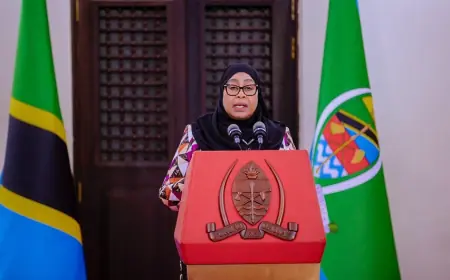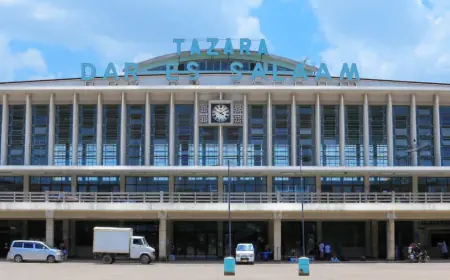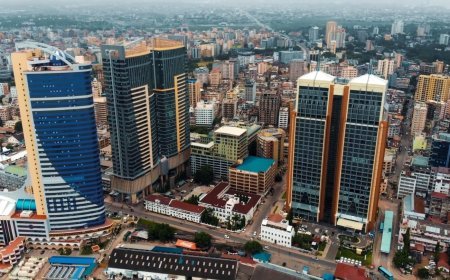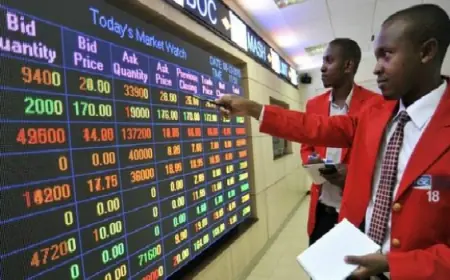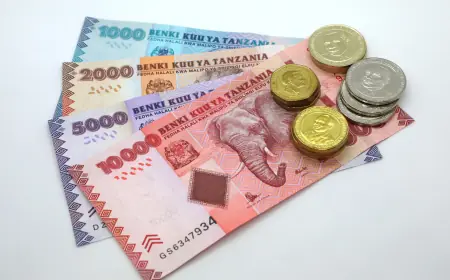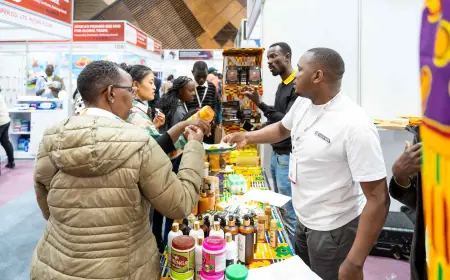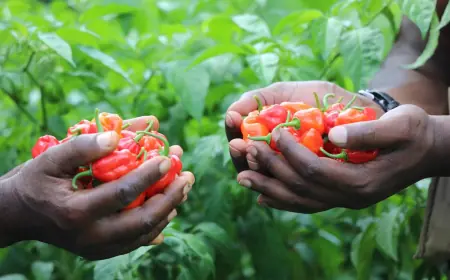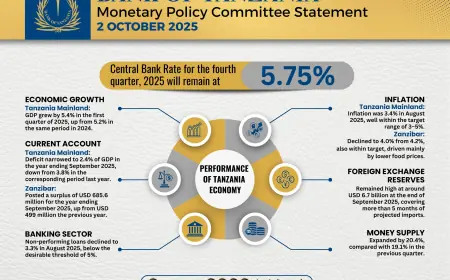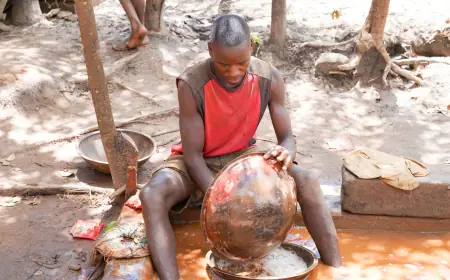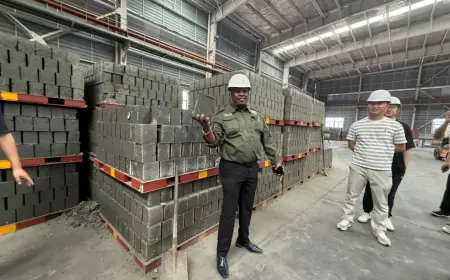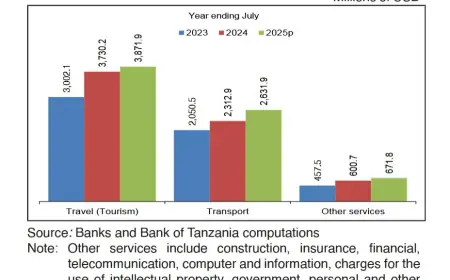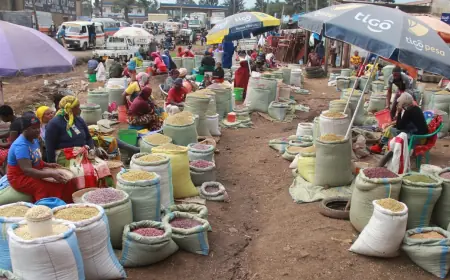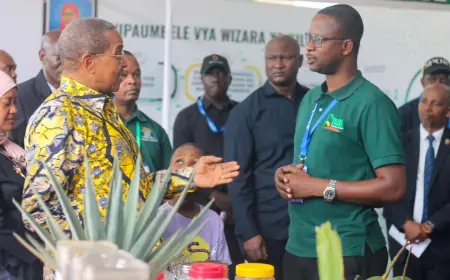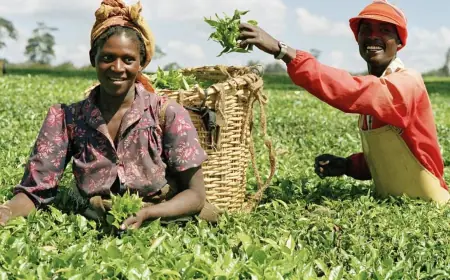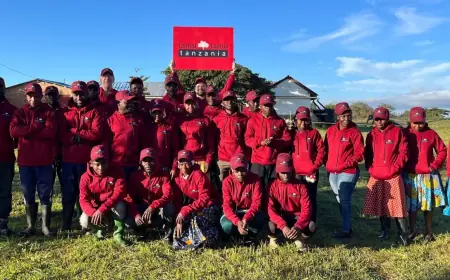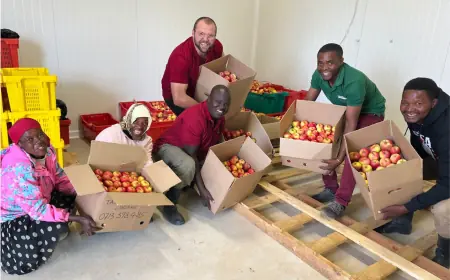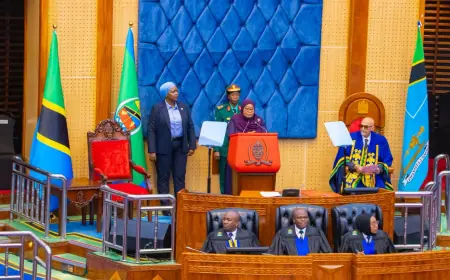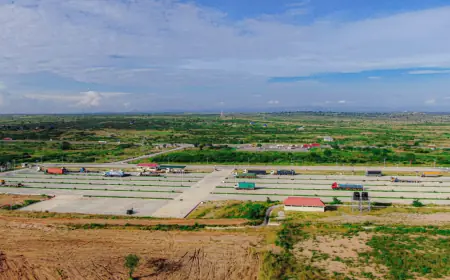Tanzania slashes wheat import tariffs to boost local production, ease price pressures
Tabling the 2025/26 government budget in Parliament on June 12, 2025 the minister for Finance, Dr Mwigulu Nchemba, said the tariff cut was part of broader fiscal measures meant to stabilise food prices and support the local manufacturing industry.
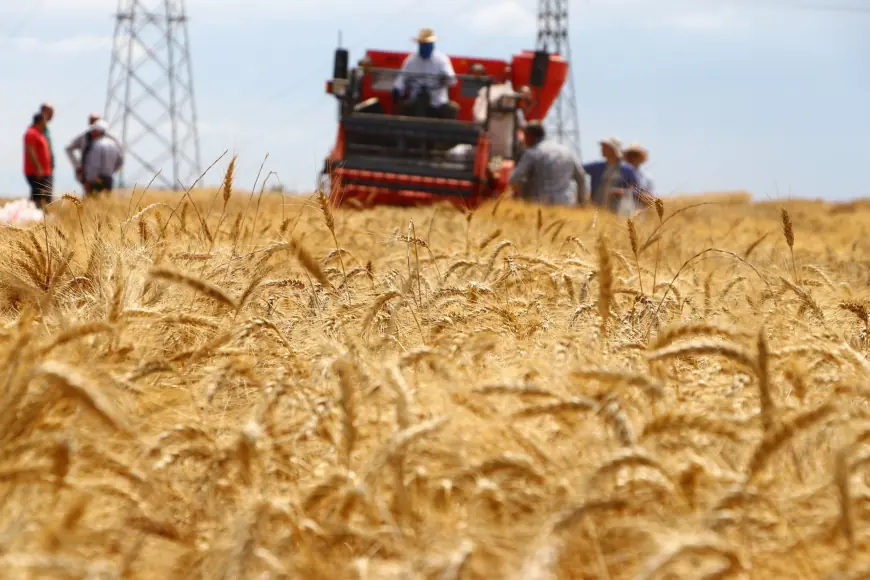
Dodoma. The government has reduced the Common External Tariff (CET) on imported wheat grain with HS Codes 1001.99.10 and 1001.99.90 from 35 percent to 10 percent for a period of one year.
Tabling the 2025/26 government budget in Parliament on June 12, 2025 the minister for Finance, Dr Mwigulu Nchemba, said the tariff cut was part of broader fiscal measures meant to stabilise food prices and support the local manufacturing industry.
“The aim is to lower production costs for domestic wheat flour processors and shielding consumers from high prices of wheat-based products,” Dr Nchemba noted.
Wheat is the third most consumed cereal in Tanzania, after maize and rice, but local production remains significantly below national demand.
The country produces approximately 100,000 metric tonnes of wheat annually, far short of the one million metric tonnes required for consumption, forcing Tanzania to import up to 90 percent of its wheat needs.
Tanzania commercially imports wheat from Russia, Australia, Canada, Germany, and Brazil.
To reverse this trend, the government has rolled out a series of interventions to raise productivity, including increasing the average yield from the current 1.6 tonnes per hectare to at least 3.0 tonnes.
Strategies include the development and dissemination of high-yielding and drought-resistant wheat varieties suitable for cultivation in diverse agro-climatic zones.
According to government sources, plans are underway to expand the area under wheat cultivation from 100,000 to 400,000 hectares.
Over $66 million will be invested in research and development, alongside the distribution of 55,000 tonnes of improved wheat seeds to farmers.
Additionally, three wheat processing factories are earmarked for construction in Dar es Salaam, Mbeya, and Mwanza, to ensure value addition and reduce post-harvest losses.
The Minister for Agriculture, Mr Hussein Bashe, has previously attributed the relative stability of wheat flour prices to these ongoing efforts.
“The price for a kilo of wheat flour has remained Sh2,000 for years now. This is a result of conducive wheat policies in the country,” he said.
Makete emerging as Tanzania’s wheat production hub
Wheat is cultivated primarily in Tanzania’s high-altitude areas such as Arusha, Kilimanjaro, Manyara, and the Southern Highlands including Iringa and Njombe.
Makete, in Njombe Region, is particularly notable for its thriving wheat industry and is already emerging as a wheat production hub.
The district is under consideration as one of the sites for a new wheat processing plant to support surging output.
According to officials, the government is currently assessing suitable locations for the facility.
“This district is among the areas in the Southern Highlands with favourable weather conditions for wheat cultivation. Farmers should start preparing their fields, as the seeds are already here,” said Makete District Commissioner Mr Juma Sweda.
He underscored the need for prompt distribution to ensure planting coincides with the short farming season.
On April 5, 2024, the Deputy Minister for Agriculture, Mr David Silinde, announced in Parliament that Makete District had been selected to receive a major subsidy of 1,000 metric tonnes of wheat seed from the Agricultural Seed Agency (ASA).
The initiative has since boosted production in the district, although it has also exposed new challenges in marketing the increased output.
To tackle this, the Ministry of Agriculture directed the Cereals and Other Produce Board (CPB) to assess the quality and quantity of the wheat in Makete and to coordinate with farmers’ groups to facilitate the purchase and distribution of the crop.
In January 2025 Makete district received 240 tonnes of subsidised wheat seeds
Three seed distribution centres had been set up at Ngiu Market (Iwawa Ward), Tandala, and Mfumbi to meet farmers’ needs.
Without the subsidy, farmers would have paid Sh280,000 per acre for seed at market prices of Sh4,000 per kilogramme.
“We aim to receive over 1,000 tonnes of wheat seeds this year due to high demand, sufficient arable land, and increased farmer enthusiasm,” Makete District Wheat Coordinator, Mr Ahmed Kichombaki, said in January.
He noted that Makete’s wheat output had risen from 14,000 tonnes two years ago to 19,700 tonnes last year, and is projected to reach 25,000 tonnes this year.
“These are great achievements, as farmers’ incomes have also increased. Previously, a kilogramme of wheat fetched Sh500 to Sh700. Now, farmers are selling at Sh1,000 per kilogramme,” he said.
By mid-November last year, wheat sales had generated Sh3.99 billion in the district, providing a significant economic boost to the local population.
Historically, wheat farming in Tanzania has faced constraints including limited access to quality seeds, inadequate agricultural practices, and the adverse impacts of climate change.
One persistent challenge remains the competition from cheaper imported wheat from countries with highly subsidised farming sectors.
Local wheat often struggles to compete on price, compounded by the lack of adequate storage and processing infrastructure, which limits market access and erodes farmers’ profits.
Wheat processing has a milling capacity of 1.35 million tonnes per annum and the wheat milling industry is dominated by two companies that are based in Dar es Salaam namely Salim Bakhresa & Co Ltd and Azania and supply wheat products to consumers in all regions of Tanzania.
Tanzania, despite being a net importer, after processing turns out to be a key regional exporter, selling 40 percent of wheat flour abroad while 60 per cent is consumed locally.
The dominant export market is the Democratic Republic of Congo and Kenya, which receive 50 per cent and 45 per cent of exports, respectively.
What's Your Reaction?
 Like
3
Like
3
 Dislike
0
Dislike
0
 Love
0
Love
0
 Funny
0
Funny
0
 Angry
0
Angry
0
 Sad
0
Sad
0
 Wow
0
Wow
0








